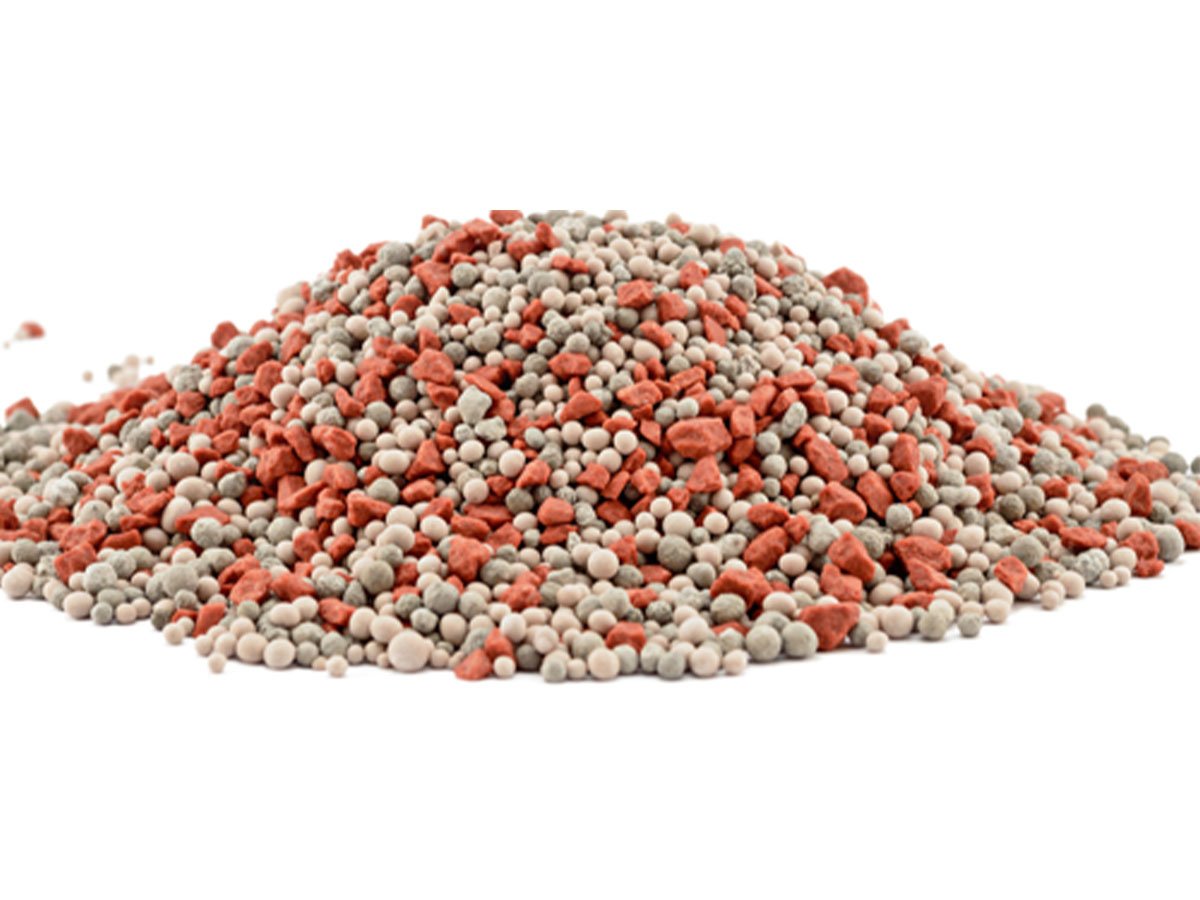Potassium Fertilizers
Potassium fertilizers are types of fertilizers that are specifically designed to provide plants with potassium, which is one of the essential macronutrients required for their growth and development. Potassium helps plants regulate water balance, activate enzymes, and build strong cell walls.


Some common types of potassium fertilizers include
01.
Potassium Chloride (KCl)This is the most commonly used potassium fertilizer. It is highly soluble in water and provides plants with both potassium and chloride.
02.
Potassium Sulfate (K2SO4)This fertilizer is also highly soluble and provides both potassium and sulfur.
03.
Potassium Nitrate (KNO3)This fertilizer provides both potassium and nitrogen, making it useful for plants that require high levels of both nutrients.
04.
LangbeiniteThis is a naturally occurring potassium fertilizer that is mined from the earth. It provides potassium, magnesium, and sulfur.
Here is some more information about potassium fertilizers:
Potassium Fertilizer is essential for plant growth and development. It is involved in many processes such as photosynthesis, protein synthesis, and starch synthesis. Potassium is also important for regulating water uptake and the opening and closing of stomata.
Potassium Fertilizer is often lacking in soil, especially in sandy soils, which have low cation exchange capacity. As a result, potassium fertilizers are often necessary to maintain healthy plant growth.
When applying potassium fertilizer, it’s important to spread it evenly over the soil surface and avoid concentrated applications, which can cause root burn. You should also water the fertilizer in after application to help it dissolve and reach the plant roots.
Potassium chemical symbol (K) is one of 17 essential nutrients required for plant growth and reproduction. It is classified as a macronutrient, as are nitrogen (N) and phosphorus (P).
Environment Effect
Excessive use of potassium fertilizers can lead to environmental problems such as soil and water pollution. Potassium can be lost from the soil through leaching or runoff, and excess potassium can contribute to soil salinization, which can be harmful to plant growth.
To minimize environmental impact and optimize plant growth, it is important to apply potassium fertilizers at the right time, in the right amount, and using the right application method. This can be achieved through soil testing, crop nutrient management planning, and following best management practices. In some cases, alternative sources of potassium such as wood ash or compost can be used to reduce the need for synthetic potassium fertilizers.
Do I Need a High Potassium fertilizer?
Whether you need a high potassium mix to feed your plants depends on several causes —specific plant needs, the nutrients in your soil, and the local climate.
For example, sandy soils in high rainfall areas often lack in potassium.
If you’re ever unsure about what nutrients your plants need, conducting a soil test analysis is the safest bet to ensure you accurately provide the nutrients your plants require at any given time.
